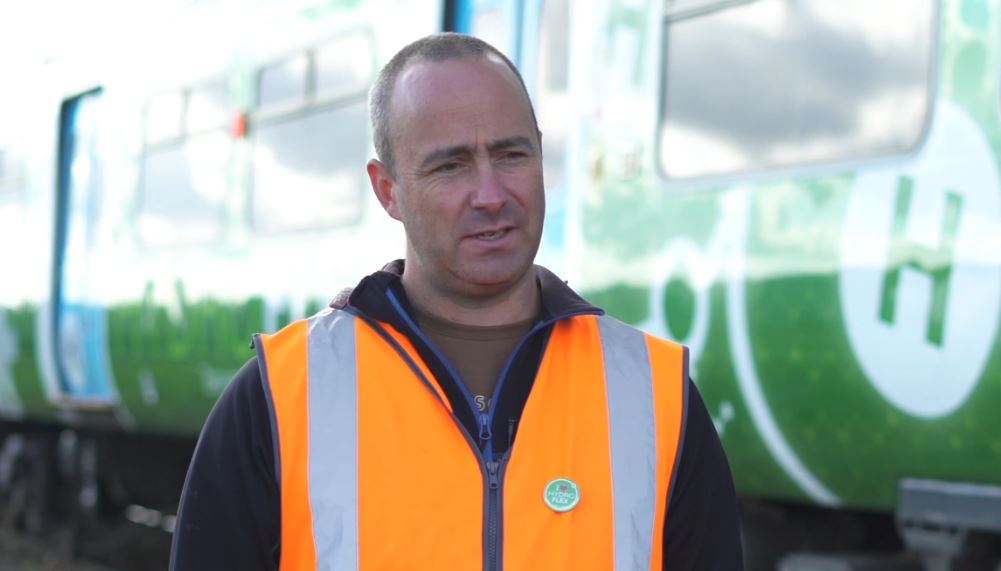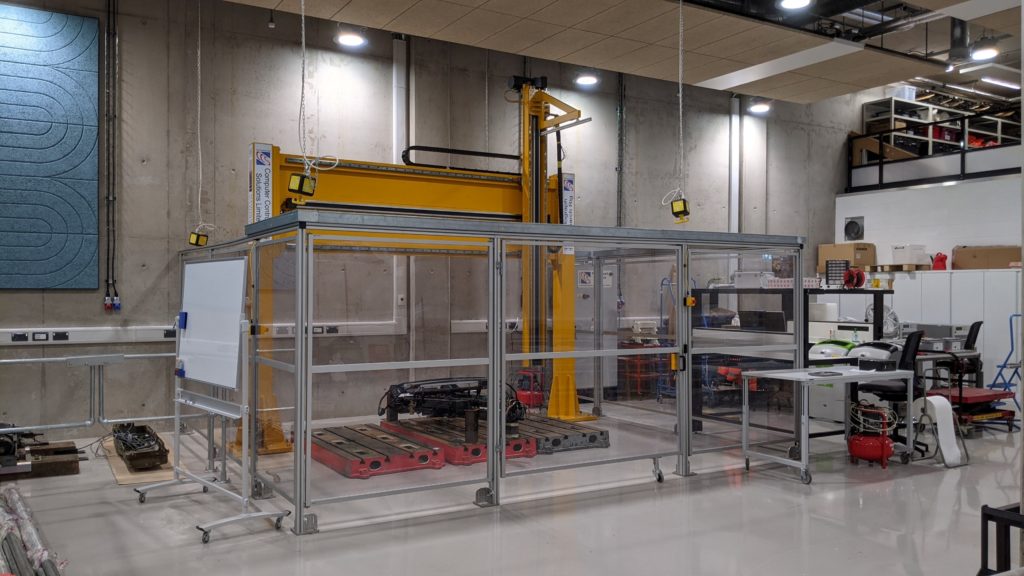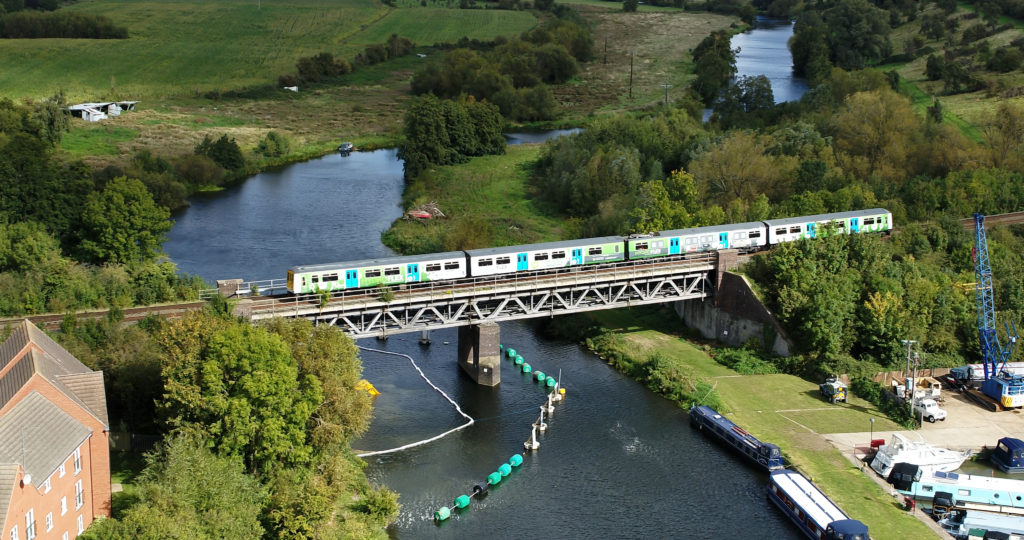
Stuart Hillmansen, Professor in Railway Traction Systems at the University of Birmingham’s Railway Research and Education Centre provides his take on the importance of net-zero and how best to decarbonise the railways for #DecarbonisingTransportWeek
In order to reach net zero, it is essential that Transport is decarbonised urgently. This week marks the Decarbonisation Transport Week, from the 6th to the 12th of March where there are several events, webinars and activities where people can engage and take up the latest thinking and technologies which support decarbonisation.
At the Centre of Excellence in Rail Decarbonisation in BCRRE we have been working hard on this subject for a number of years. In fact, some of the earliest work to have been produced by the rail group in Birmingham was in fact focused on the introduction of power electronic drives into the rolling stock running in London Underground. This technology, now pretty ubiquitous in the railway is an essential part of a modern energy efficient and low-carbon traction system, and even today our researchers push this technology further.

The rail sector is complex in nature, and the types of traction and propulsion technology varies considerably. So do the solutions for any given railway. The most future-proof form of traction technology is direct electrification, where trains are connected through their pantograph or shoe-gear directly to a piece of electrified infrastructure. Energy is therefore delivered virtually instantaneously to the train from the electrical grid. These trains therefore have a carbon footprint which will reduce over time as the grid reaches net zero. These systems work for high density intensive railways, but the economics for those parts of our, and indeed global, railways which have fewer services, is less secure.

It is vital that as the industry moves forward, there is a continuous effort and a rolling programme of electrification which will continue to increase the proportion of our rolling stock which can be electric, but at some point, the electrification is likely to stop.
We have tackled this problem of decarbonising autonomous rail vehicles through the development of the HydroFLEX project. We led this project with Porterbrook and showcased in 2019 the very first UK mainline hydrogen battery train which then in 2020 was fully approved for mainline operation. Porterbrook have since scaled the system and now have a fully functioning high performance production prototype which can deliver zero carbon autonomous capability on the GB railway network. Indeed, as the hydrogen it uses is certified zero carbon, it is the only zero carbon train in capable for operation on the mainline.

As a closing remark, it is worth remembering that pretty much all rail traction and transport is superior to road and other modes in terms of energy efficiency. It is certainly the best way of moving people through and between busy cities. So perhaps my colleagues looking at future mobility in cities of the future can see a world where cars and other ground-based transport vehicles are used more appropriately.
